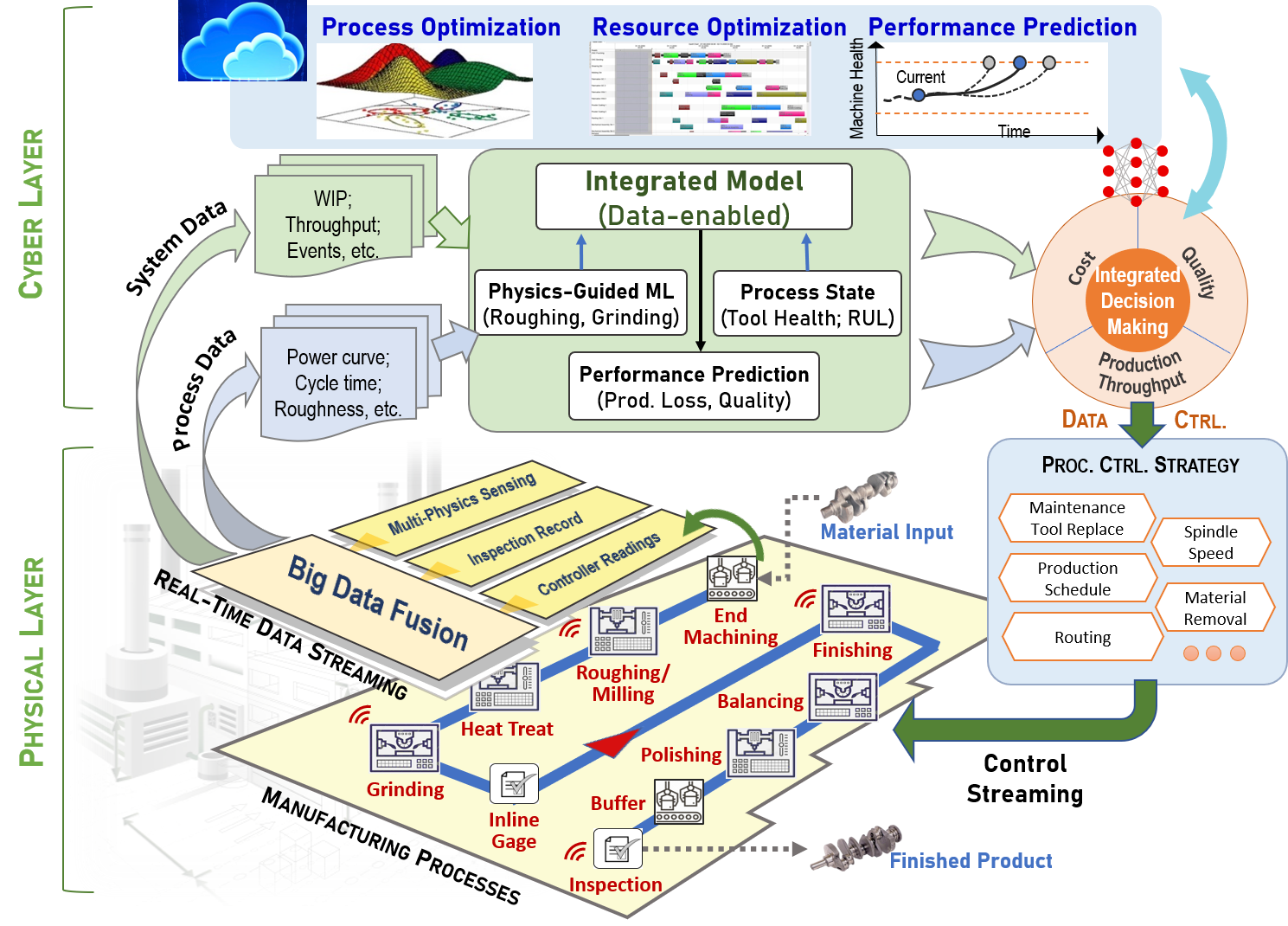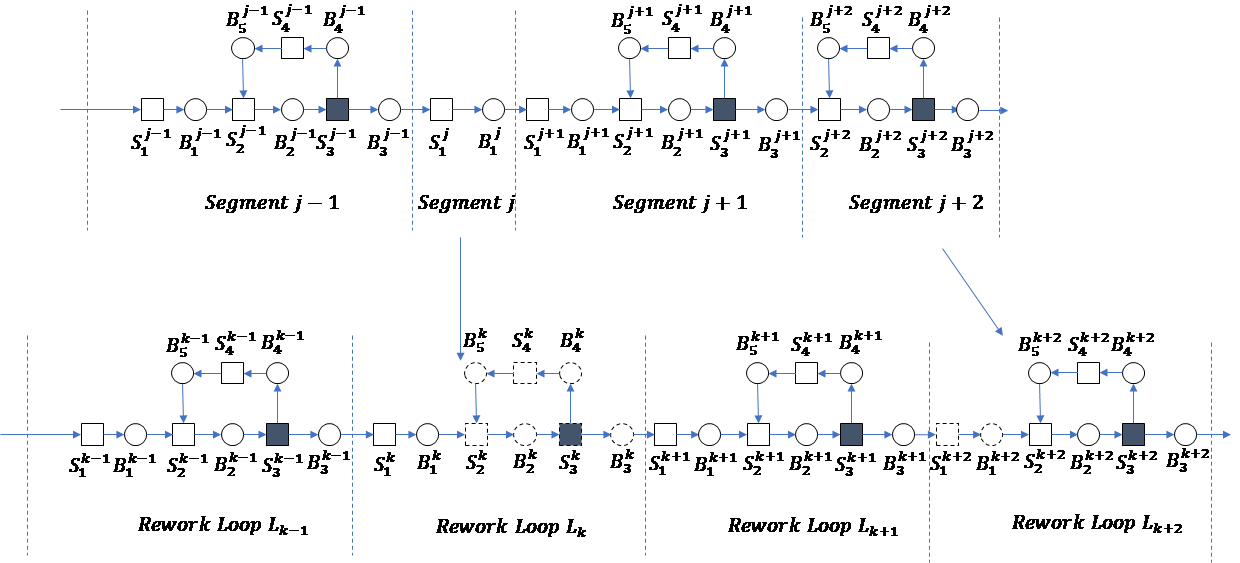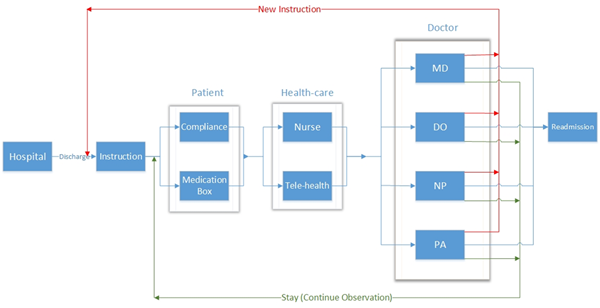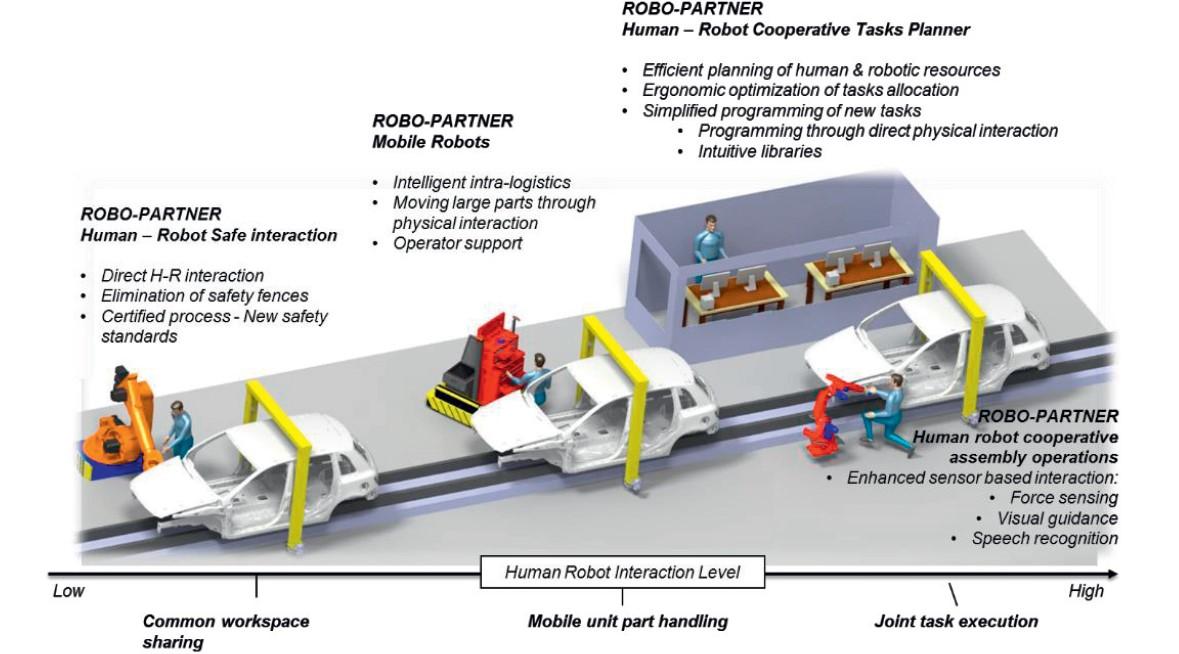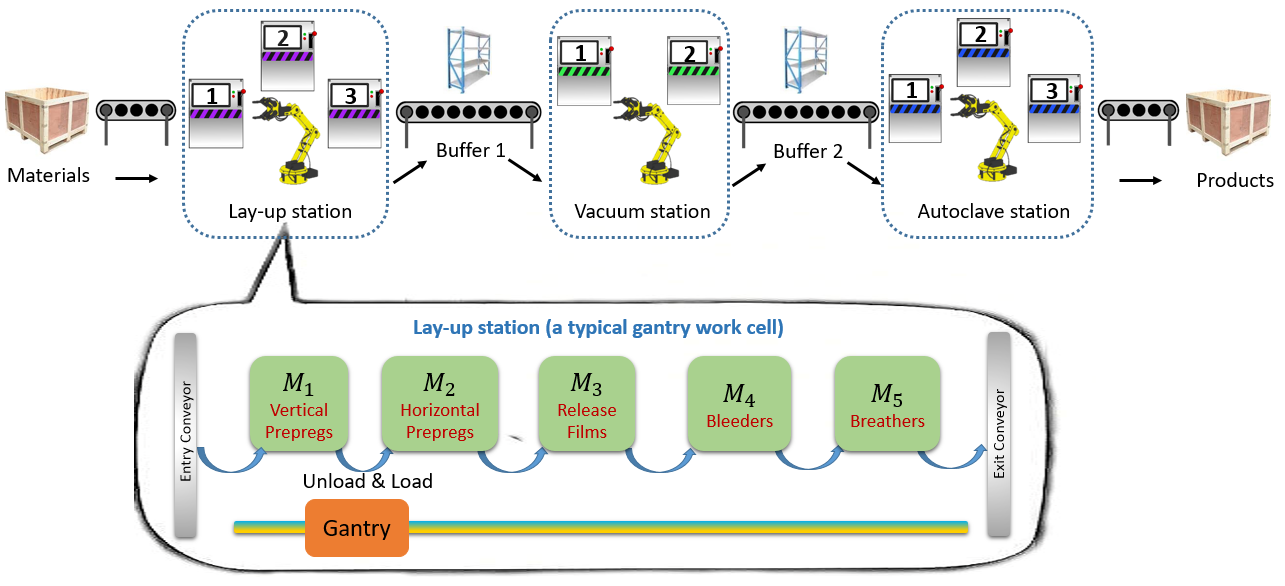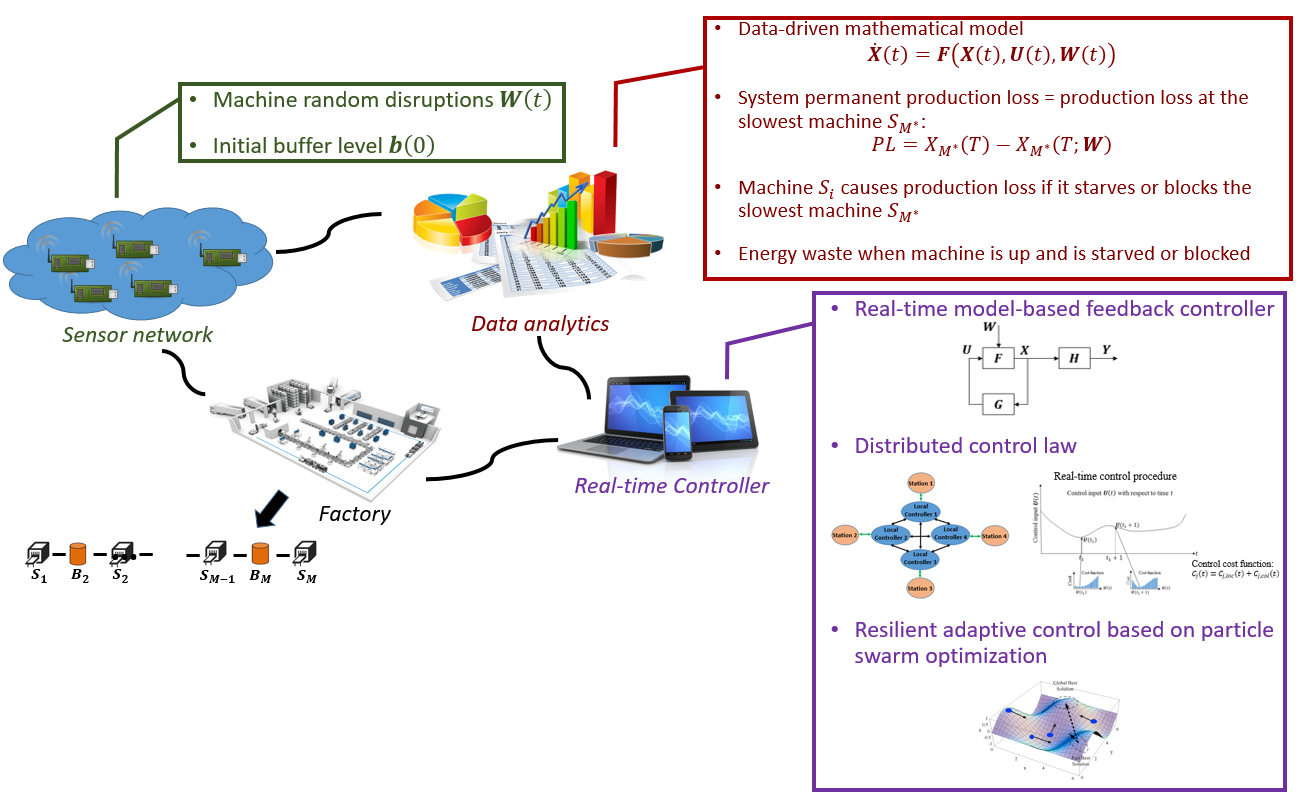Research
Manufacturing is entering a period of substantial innovation and change driven by digitization, increased integration of sensors into production equipment, increasingly available data, advances in robotics and automaton, and the “Internet of Things”. The combination of these advances provides unprecedented opportunities to develop new and better ways of doing manufacturing. Led by Dr. Chang, Intelligent System Lab has been working on the development of next-generation analytics and control frameworks for smart manufacturing powered by domain knowledge, advanced robotics, big data, IoT, and machine learning techniques.
Research Projects
Knowledge-guided Machine Learning Based Control for Smart Manufacturing Systems
This research aims to develop an integrated control framework that deliver optimal control decisions and coordinates different levels in production systems, e.g. machine-level, process-level, and system-level, to achieve higher efficiency and lower costs for the whole system.
Task Scheduling in Human-Robot Collaborative Assembly
Human-Robot Collaboration (HRC) presents an opportunity to improve the efficiency of manufacturing processes. However, the existing task scheduling approaches for HRC are still limited in many ways, e.g., co-robot encoding must rely on experts’ knowledge and real-time task scheduling is applicable within small state-action spaces or simplified problem settings. In this research, the HRC assembly working process is formatted into a novel chessboard setting, in which the selection of chess piece moves is used to analogize to the decision-making by both humans and robots in the HRC assembly working process. To optimize the HRC efficiency, the task scheduling problem is formulated as a Markov game and solved using a multi-agent reinforcement learning method.
Paper Link:
https://www.sciencedirect.com/science/article/abs/pii/S0278612521001527
Integrated Modeling and Real-time Control of Advanced Manufacturing System
The rapid development in battery technology and increasing needs in energy storages has introduced enormous challenges and complexities on battery production systems. Battery manufacturing must quickly ramp up with the newly developed technologies, new tools and equipment, and resources in order to meet battery production needs for a variety of stationary and motive applications.
Modeling and Analysis of Multistage Manufacturing Systems with Quality Rework Loops
A multi-stage serial manufacturing system is stochastic and nonlinear that constantly faces the challenges of random disruption events. The machine random failure is one of the most concerned disruption events since it directly impacts the production throughput. When considering quality issues, the quality defect problem adds another kind of random disruption event, which inherently impact the system performance and lower the throughput.
Coordinated Control for Distributed Generation(DG) Micro-grid
Driven by wind and solar photovoltaics technology, the power industry is shifting towards a distributed generation (DG) paradigm. We focus on DC micro-grid, and then extend to grid connected DG system.
Simulation Modeling and Analysis for Readmission
System simulation and analysis methodology are developed to identify the key factors in the after-discharging systems which may contribute to high readmission rate, and hence to improve system performance and reduce readmission rate with lower cost.
Reinforcement Learning-based Robot Learning from Demonstration in Assembly
Robots are good at performing repetitive tasks in modern manufacturing industries. However, robot motions are mostly planned and preprogrammed beforehand with a notable lack of adaptivity to task changes. Even for slightly changed tasks, the whole system must be reprogrammed by robotics experts. Therefore, it is highly desirable to have a flexible motion planning method with which robots can adapt to certain task changes in unstructured environments, such as production systems or warehouses, with little or no intervention needed from non-expert personnel. In this research, we propose a reinforcement learning (RL) based robot learning from demonstration (LfD) method to enable robots to automatically generate their motion plans across different tasks by learning from a few kinesthetic human demonstrations.
Paper Link:
https://www.sciencedirect.com/science/article/abs/pii/S0957417422014270
Study on the Efficiency and Safety of the Human-Robot Collaboration
In this project, we focus on establishing a safe and efficient HRC system, in which robots will not be regarded as programmed tools but working partners of humans who can not only communicate but also learn from both humans and robots to improve the system performance cooperatively.
Gantry Work Cell Analysis and Machine Learning Based Gantry Assignment
A production line in a factory can be made up of multiple production stations or work cells.In each work cell, robots or humans move between machines/process steps to load and unload parts. In this project, we focus on the analysis of this kind of work cell, referred to as a gantry work cell.
Data-driven Modeling and Production System Real-time Diagnosis and Prognosis
The research integrates available sensor data with the knowledge of production system physical properties. Such methods can be transferred to a computer for system self-diagnosis/prognosis to provide users with deeper understanding of the underlying relationships between system status and performance, and to facilitate real-time production control and decision making.
Real-time Control for Energy Aware Operations for Smart Manufacturing Systems
This research establishes theory and develops automated real-time distributed control schemes to cope with the complex nature of manufacturing processes and systems to achieve higher energy efficiency and profit.
Supply Chain – Containerization Method Analysis and Control
Logistics cost is an important contributor to the overall cost in a supply chain system. By using collapsible containers, the frequency of return freight can be reduced and the return of containers can be optimized, leading to potential logistic cost savings.

